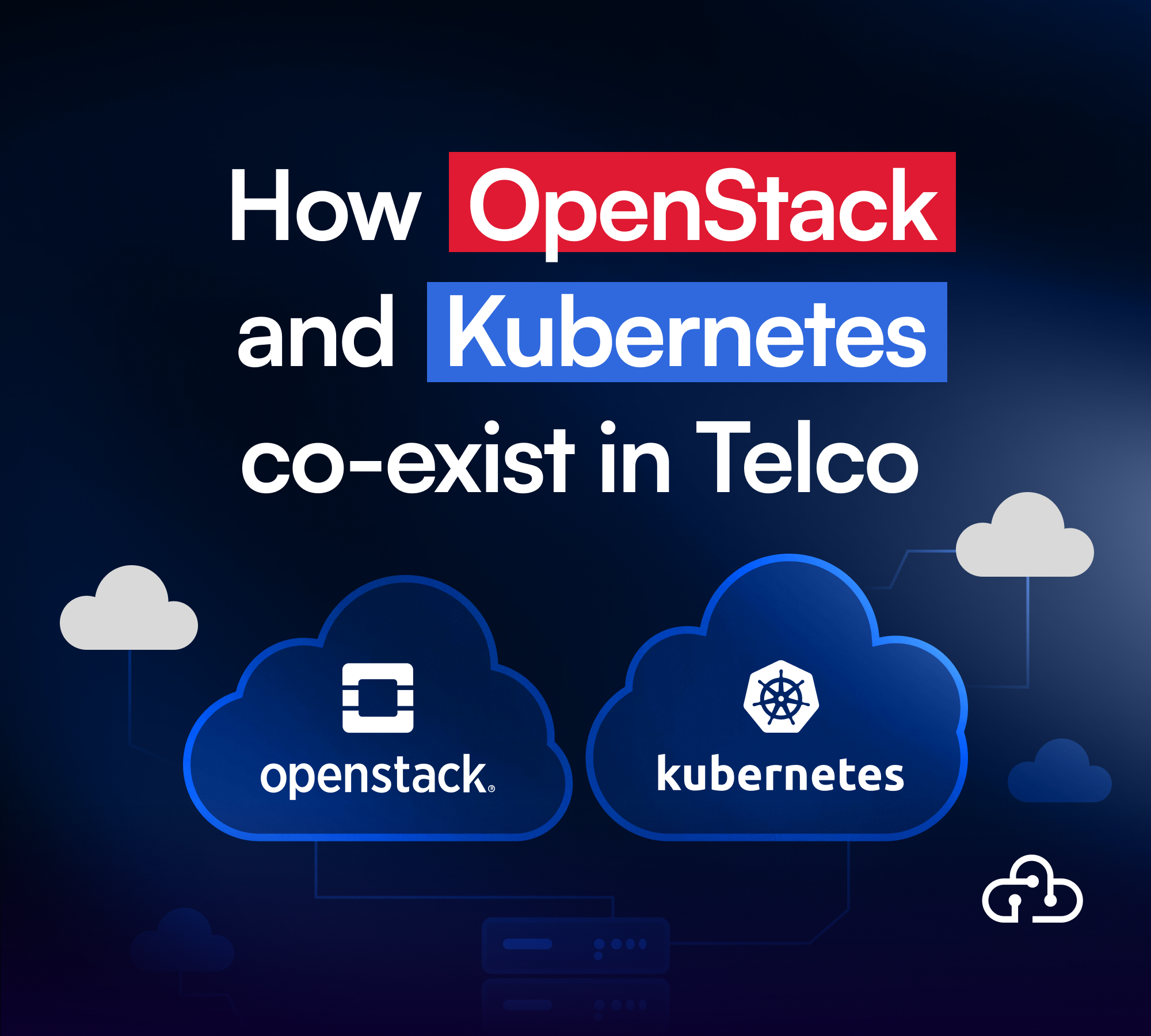In the dynamic realm of telecommunications, the IP Multimedia Subsystem (IMS) stands as a cornerstone technology, orchestrating the seamless integration of voice, video, and data services across diverse network environments. As the telecommunications landscape continues to evolve, mastering IMS becomes imperative for professionals seeking to navigate the intricacies of modern wireless communication systems.
What is an IP Multimedia Subsystem (IMS)?
The IP Multimedia Subsystem (IMS) is a framework used in telecommunications to deliver multimedia services over IP networks. It serves as the architectural foundation for delivering a wide range of multimedia services, including voice, video, and data, across various network environments. IMS enables the integration and interoperability of different communication services, allowing users to access and communicate using different devices and networks seamlessly. In essence, IMS is the part of the telecom network responsible for establishing and handling different Multimedia services such as voice and text.
IMS offers numerous benefits for telecommunications networks:
- Converged Services: IMS enables the delivery of multimedia services (voice, video, messaging) over a single IP-based network, simplifying management and enhancing user experience.
- Scalability: IMS architectures are highly scalable, accommodating growing subscriber bases and service demands without major infrastructure upgrades.
- Interoperability: IMS promotes seamless communication across diverse networks and devices, enhancing connectivity and accessibility.
- Quality of Service (QoS): IMS manages QoS parameters like bandwidth and latency, ensuring optimal performance for multimedia services.
- Flexibility and Innovation: IMS architectures are flexible, allowing rapid deployment of new services and applications, and fostering innovation and competitiveness in the telecommunications industry.
IMS implementation
IMS implementation facilitates the delivery of advanced voice services over both 4G and 5G networks.
Voice over LTE (VoLTE) leverages the IMS architecture to enable high-quality voice calls over 4G networks, providing users with enhanced voice clarity and reliability.
Similarly, Voice over New Radio (VoNR) utilizes IMS to establish voice calls over 5G networks, taking advantage of the increased bandwidth and lower latency offered by 5G technology.
Additionally, Voice over Wi-Fi (VoWiFi) combines Wi-Fi connectivity with IMS to enable voice calls over wireless networks, extending coverage and enhancing accessibility in areas with limited cellular coverage.
By harnessing the power of IMS, these implementations ensure seamless voice communication experiences across diverse network environments, driving the evolution of next-generation telecommunications services.
Introducing our “Hands-on IMS Fundamentals” Lab
This lab serves as a foundational guide to understanding the essential principles of IP Multimedia Subsystem (IMS) destined for beginners. By introducing a step-by-step beginner-friendly exploration of IMS and its architecture while gaining knowledge on the foundational concepts (packet analysis, packet generation, DNS, TCP, UDP, Wirehark, softphones, etc) that are needed through your journey in this technology. Our IMS beginner training offers a hands-on yet simple-to-follow introduction to SIP, SDP, different IMS nodes, SIP procedures, and much more.
Conclusion
In conclusion, learning IMS technology is essential for navigating the complexities of modern telecommunications networks. Our "Hands-on IMS Fundamentals" lab provides a comprehensive educational resource, empowering learners with practical knowledge and skills in IMS technology. Explore the possibilities with LabLabee and embark on a journey towards IMS mastery.
Learn more about this lab here




%20copy%204.png)
.png)